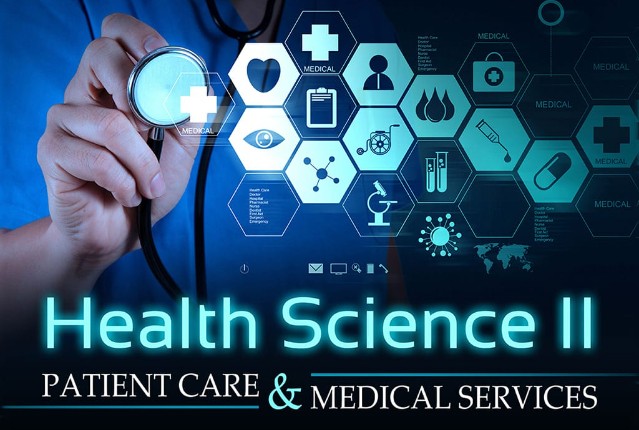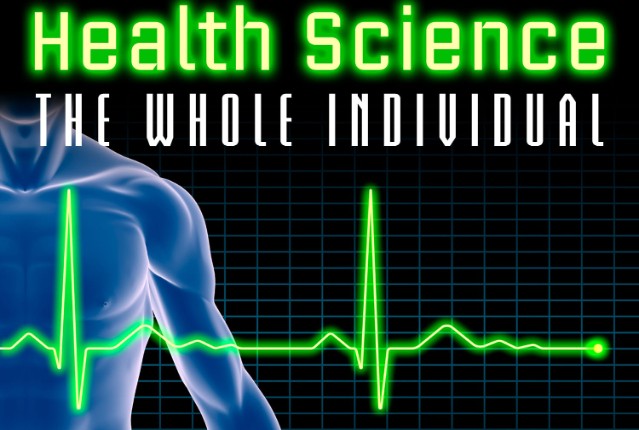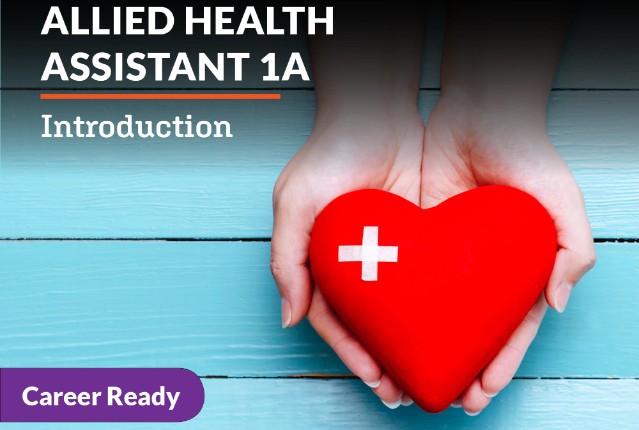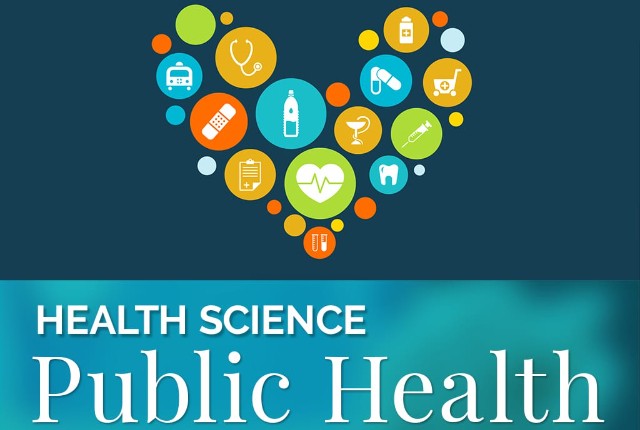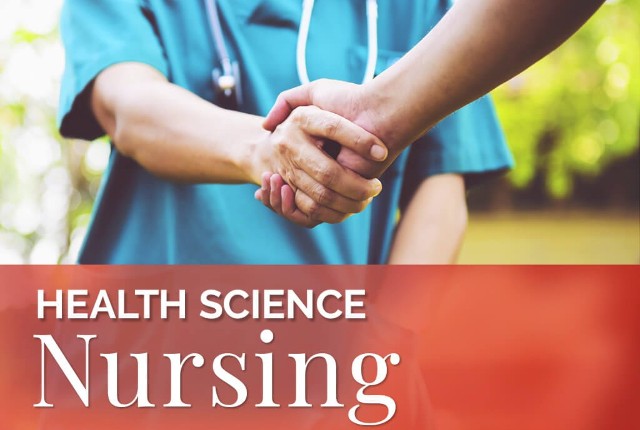This unit explores the principle of wellness, and what it takes to be physically and mentally healthy. Regular screening and examinations are an essential part of the equation, as is attention to diet and exercise. These health habits really make a difference over the course of a lifetime. Avoiding high-risk behavior, such as smoking, consuming alcohol and taking illegal drugs, also makes for a longer and healthier life. Managing stress, even in extreme circumstances, such as after the death of a loved one, is also an important skill. When individuals take these steps to maintain wellness, they are paving the way for a long and healthy life. In addition to traditional medical practice, for an increasing number of Americans, personal wellness also depends on using alternative medicine to promote health and wellness.
What will you learn in this unit?
- Describe strategies for prevention of diseases, including health screenings and examinations.
- Discuss the adverse effects of the use of alcohol, tobacco, and both legal and illegal drugs on the
- human body, and apply safety practices related to these and other high-risk behaviors.
- Explain the basic concepts of positive self-image, wellness, and stress.
- Develop a wellness and stress-control plan that can be used in personal and professional life.
- Recognize the steps in the grief process.
